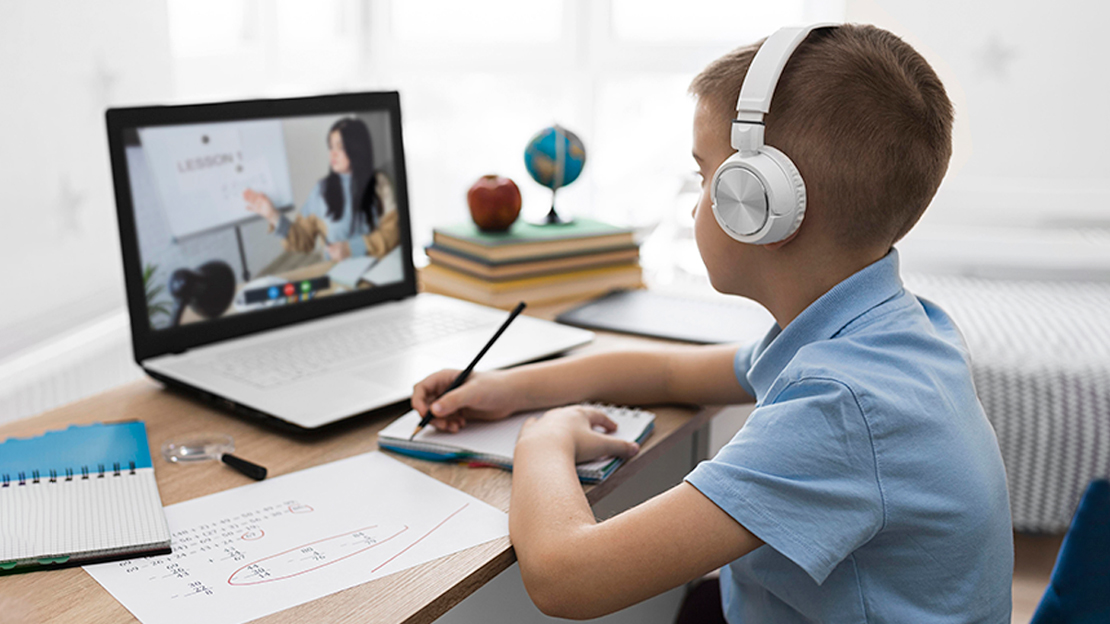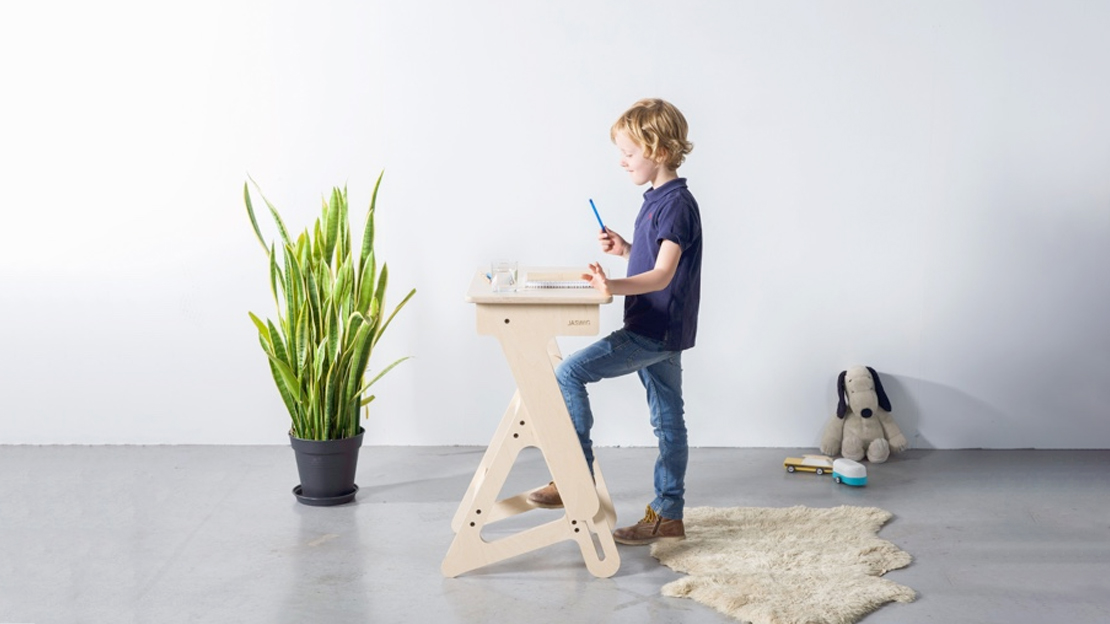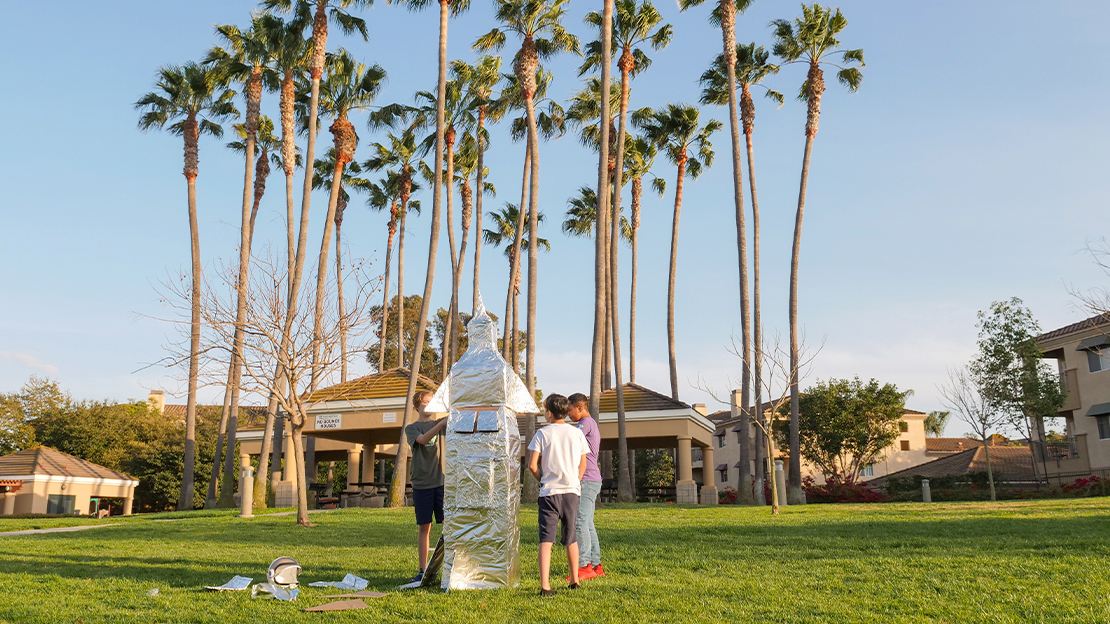Today’s Reality
As parents, the health of your kids would be a matter of concern, especially when you think that activities such as coding for kids may make them too inactive. However, it can be a misconception as STEM education, including coding and robotics for kids, can be very playful pursuits too.
It was a watershed moment in humankind’s history when humans learned to grow their food. Our hunter-gatherer form of life came to an end, and we were able to settle down in one place,
An active nomadic life turned into permanent human settlements, but physical labour was still the norm.
Today’s sedentary life is a far cry from that active life. Human bodies are naturally designed to move around, and sitting is the leading cause of various diseases. Approximately 8 percent of school kids in India are obese. This problem is compounded by the increasing lack of physical activity and plenty of screen time. Here are a few physical effects of a sedentary life.
1. Excess body fat,
2. Muscle pain,
3. Bad body posture,
4. High blood pressure and Cholesterol.
5. Spinal Cord Damage
While a lot has been written about its effects on physical health, sitting can affect mental health and creativity in kids.
What do studies show?

In the post-pandemic world, moving around has been severely curtailed, with education moving from schools to home and all essential services now being delivered at the doorstep.
Recent research on the relationship between physical activity and mental well-being conducted in the UK studied a large group of 12 to 13-year-old school kids and found a positive connection between their levels of physical activity and protection from mental health problems. Even though the study was inconclusive, it suggested the potential of physical exercise to reduce depression and anxiety among young adolescents.
A meta-analysis of several studies conducted to ascertain a relationship between sedentary behavior and anxiety among kids, adolescents, and adults also found a positive relationship between high levels of sedentary behavior and anxiety.
Besides, many studies have already established how physical exercise keeps mental illnesses away.
Another study showed that sitting posture affected pulmonary function. The act of sitting restricts the supply of oxygen in the blood circulation, leading to a lack of focus, fatigue, and clouded thinking. The limited oxygen supply continues irrespective of whether someone is sitting upright or slightly slouched.
What to Make of It


As a form of acknowledgment of this growing body of research, the act of “standing” instead of “sitting” is quickly gaining traction. Standing desks are becoming popular in companies that are becoming increasingly wary of the traditional work desk setup.
The concept of the standing desk was applied in an American school. It found students who were standing displayed more engagement in the class than their peers. They also have the option of sitting down whenever they want. It also improves oxygen and blood circulation, improving cognitive ability.
An experiment tested participants’ creative responses in varied positions, such as when walking on a treadmill and sitting. It showed that walking improves creativity by 60 percent. A slight improvement over the standing desk is the treadmill desk, where the occupant walks on the treadmill while attending to work. This surge in creativity remained long after the participant had ceased walking.
What You Can Do

As a parent, the simplest solution to negate any effects of sitting would be to encourage your kids to take a walk between their STEM activity sessions, giving them a creative boost. Or you can order a standing desk to be your kid’s workstation for practicing coding for kids.
As far as robotics for kids is concerned, these activities involve plenty of play elements and problem-solving. Kids create robot toys on their own, program them, and have fun.
Here’s a fun and simple outdoor STEM activity about building a bottle rocket that you may try out at home with your kids:
First, make a launch pad for your rocket. You can create it using wood or stone as a square structure. It must be able to hold your bottle upside down.
Next, fill a plastic bottle with two to three cups of vinegar. Next, take a large teaspoon of baking soda wrapped in a 4-inch square paper towel. Place the towel at the mouth of the bottle and fit in a cork to close the bottle.
Now quickly turn the bottle upside down, place it on the launchpad and move away. You can see the rocket blasting off.
The bottle flies due to the pressure created inside because of the chemical reaction between vinegar and baking soda. Make sure to do this activity only outdoors.
As a parting note, we would like to tell you that while outdoor STEM activities are pretty good for teaching robotics and having fun, they cannot completely replace the need for physical exercise and sport. So, you should take it with a pinch of salt.

